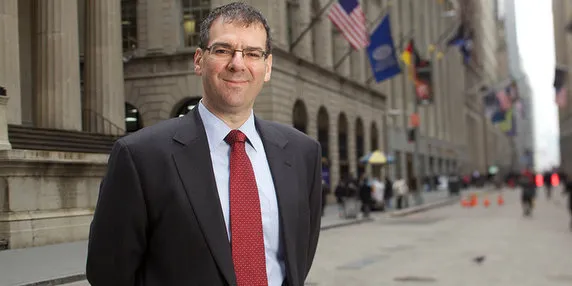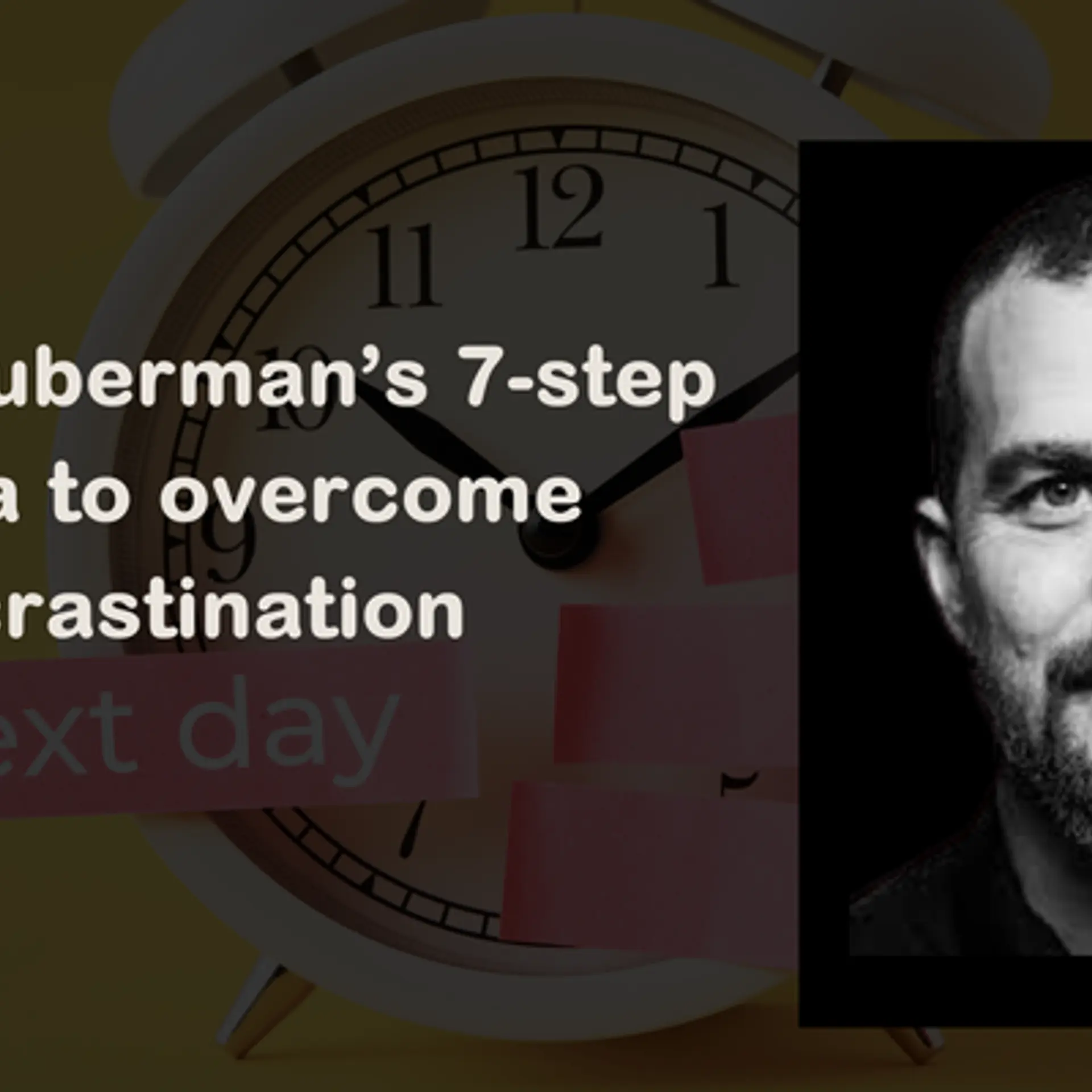“Pay as much attention to your partners as you do to your customers and your competitors”
Ron Adner (@RonAdner) is professor of strategy at the Tuck School of Business at Dartmouth College. He was previously at INSEAD, and is a consultant to companies around the world. His writing has appeared in The Wall Street Journal, the Financial Times, Forbes, and the Harvard Business Review. He is the author of the book “The Wide Lens: What successful innovators see that others miss”. Ron joins us in this exclusive interview on the role of research in innovation, the importance of understanding value chains of business partners, and the need for startups to have early warning systems.

YourStory: How was your book received?
Ron: The message of The Wide Lens – that success depends just as much on your ability to see and align your ecosystem as on your ability to execute – has been extremely well received. It has been amazing to see this approach, which I have been working on for fifteen years, be embraced across a vast range of enterprises and industries, from startups to Fortune 100 firms, from high tech, to basic manufacturing, to financial services, to the social sector.
It seems that everyone’s most exciting plans depend on increasing collaboration, which means that they increase interdependence, which means that they need a wide lens approach strategy.
YourStory: What were some of the unusual responses and reactions you got?
Ron: I’ve gotten a lot of very generous notes along the lines of ‘I wish I’d read this book ten years ago because it would have saved me from ….’ and then they tell me a story that could have come right out of the book about an innovation blind spot.
But the most emotional responses I’ve gotten were around the electric car, which is the core analysis in Chapter 7. The combination of excitement and frustration that surrounds EVs and the different approaches to them is really amazing.
YourStory: How big a role does academics play in analyzing the world of innovation?
Ron: Innovation can be an incredibly fuzzy and mushy topic. And it is one of the most abused words in the business lexicon. But it is the critical lifeblood of enterprises and economies. So making real progress on the question of innovation requires a disciplined approach to looking for answers. This is what academic research on innovation strives to inform, and where a my work and energy is focused.
YourStory: Most of the case studies in your book feature big companies who roll out innovations. What are your observations on how small and new startups analyse their ecosystems and effectively innovate?
Ron: The case studies feature big companies, but are focused on projects within those firms. At this project-based level, which is where all the tools and frameworks in the book are focused, the message is the same for all organisations, regardless of size or profit motive: make sure you understand the co-innovation risks and the adoption chain risks that are embedded in your great idea, and then make sure your strategy has a path for you to manage these ecosystem challenges.
This matters even more for small firms, because they are generally more resource constrained, so have less of a cushion to protect them from mistakes.
YourStory: What are the typical ecosystem challenges startups face as they scale up their company from a product player to major corporate innovator?
Ron: The two biggest mistakes that I see are: (1) taking the support of adoption chain partners for granted; and (2) not being clear on their position as leader vs. follower in their ecosystems. Too often, the sense is that because we have a great idea, we can assume that partners and distribution channels will see the value too; and that, more than this, they will adjust their routines to suit our plans.
In early stages, these are roadblocks to initial commercialisation. As a company matures, the problem creeps up in terms of expansion – assuming that the new partners we bring on will follow the rules we created with the partners we already have; and that the existing partners will welcome the addition of the new set.
These are problems that can be overcome. And if you see them in advance, you can overcome them more effectively, and more efficiently.
YourStory: How should innovators strike that delicate balance between ‘Stick to your vision’ and ‘Adapt to a changed world’?
Ron: The best advice is to build a vision that accounts for changes from the outset. This means making sure that you set your strategy using as wide a lens as possible, not because you will get everything right, but because it will be your early warning system for when things are beginning to go wrong. The earlier you see this, the faster you can react, the cheaper the fix, and the better your odds of success.
YourStory: In the time since your book was published, what new case stories have you come across of companies who failed or succeeded in ecosystem strategy for innovation?
Ron: One of the most poignant, and misunderstood, failures that has happened since the book came out was the bankruptcy of Better Place, the electric car company that I discuss in chapter 7. They had an inspired ecosystem strategy, but mismanaged their growth and choice of system boundaries. There is so much to learn from this failure that I wrote an epilogue analysis on it, which is posted on the book website.
YourStory: What is your parting message to the startups and aspiring entrepreneurs in our audience?
Ron: As you build your strategy, and before you start making your substantial commitments, be sure that you pay as much attention to your partners as you do to your customers and your competitors. The game and the odds both change dramatically when you don’t innovate alone – make sure you have a lens that lets you see the bigger picture.







